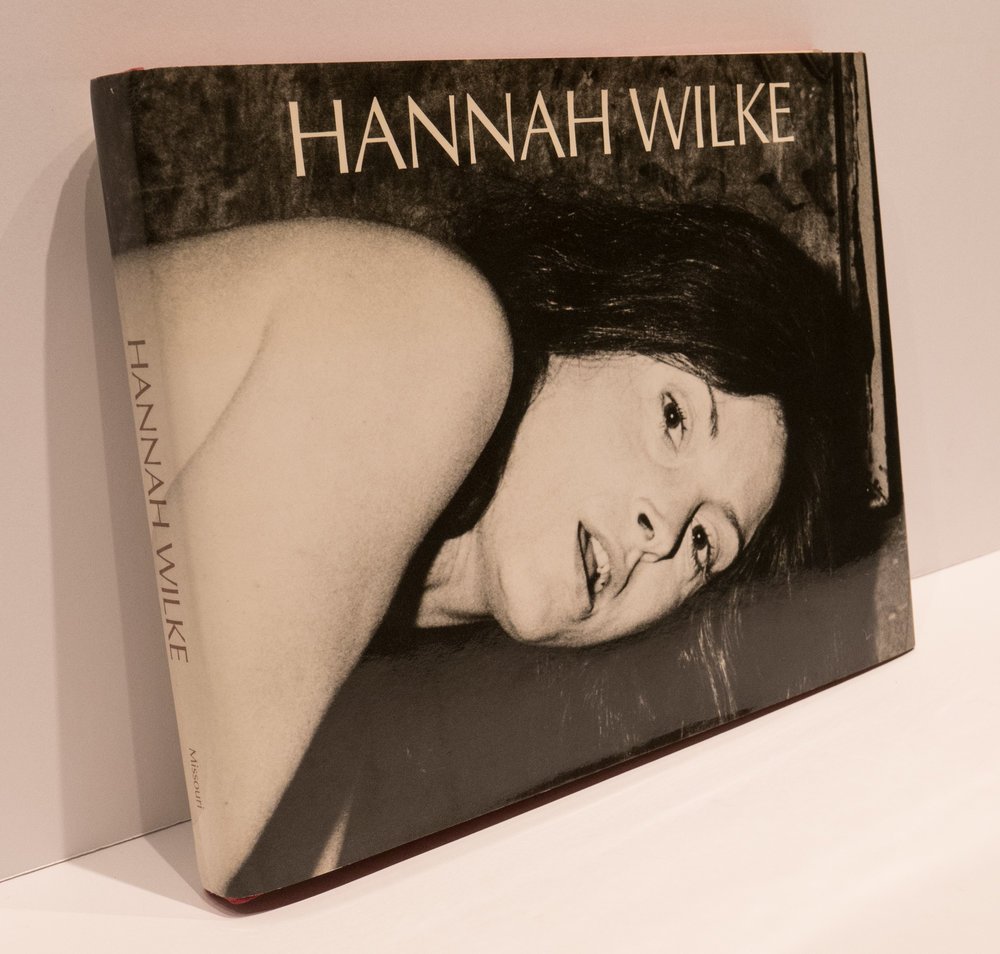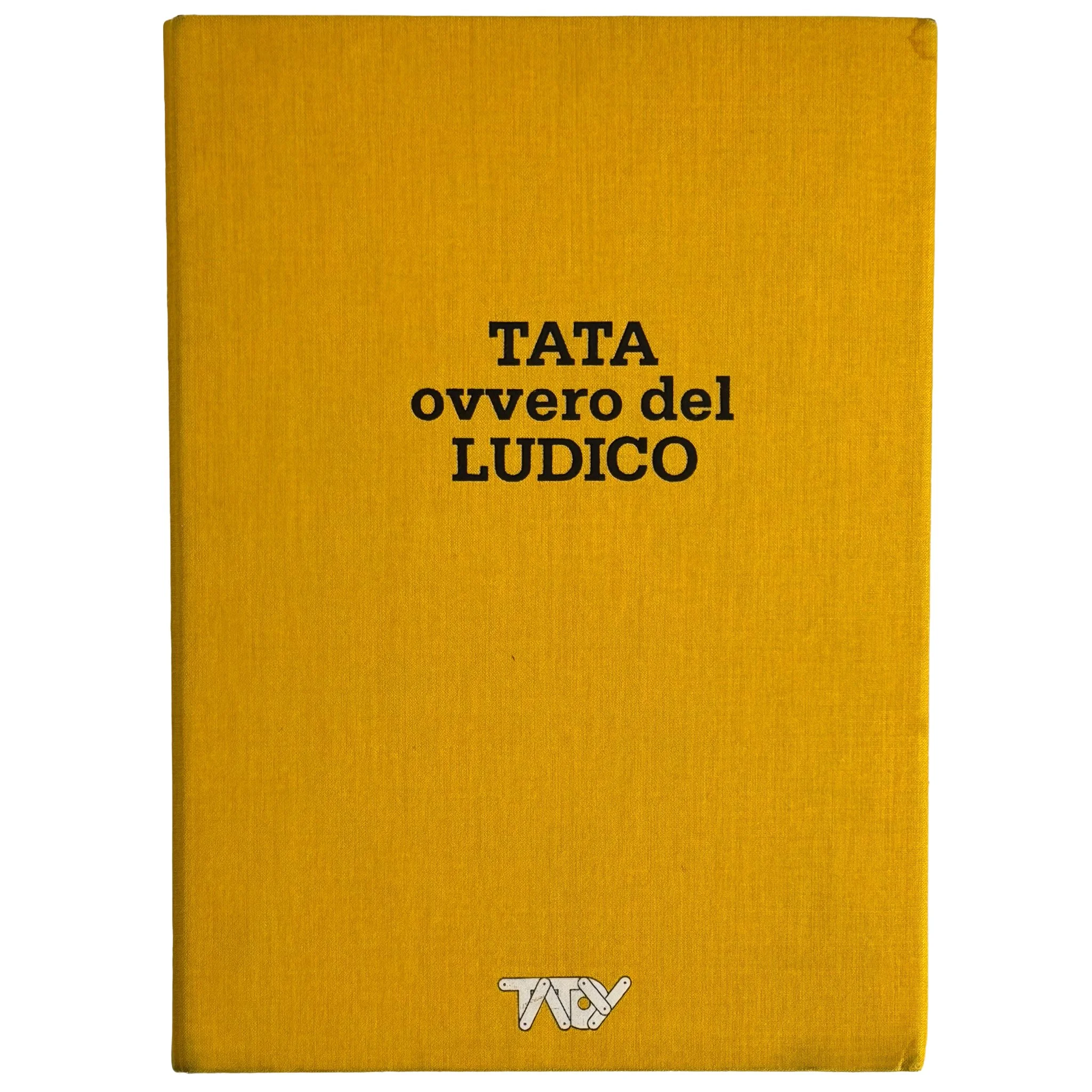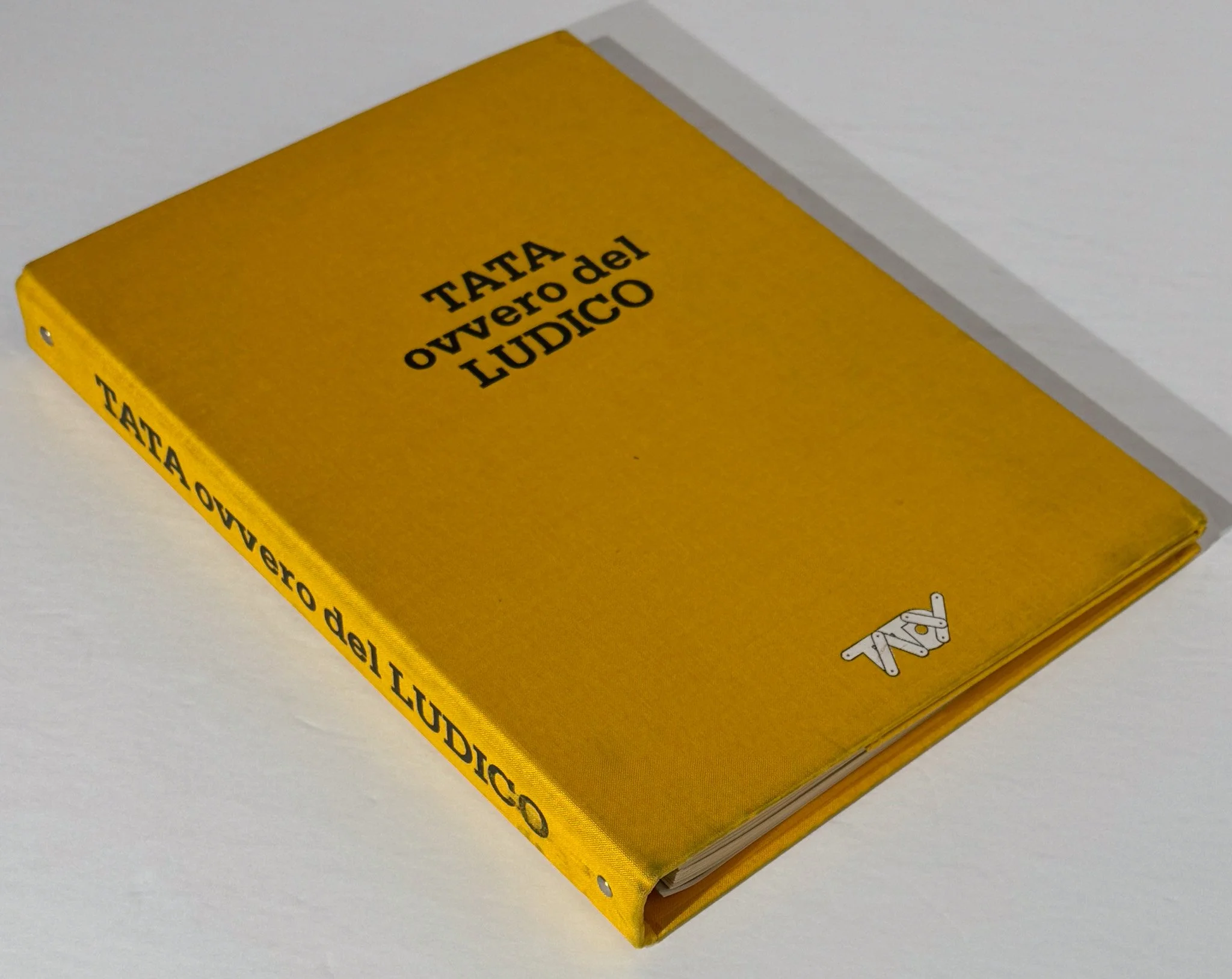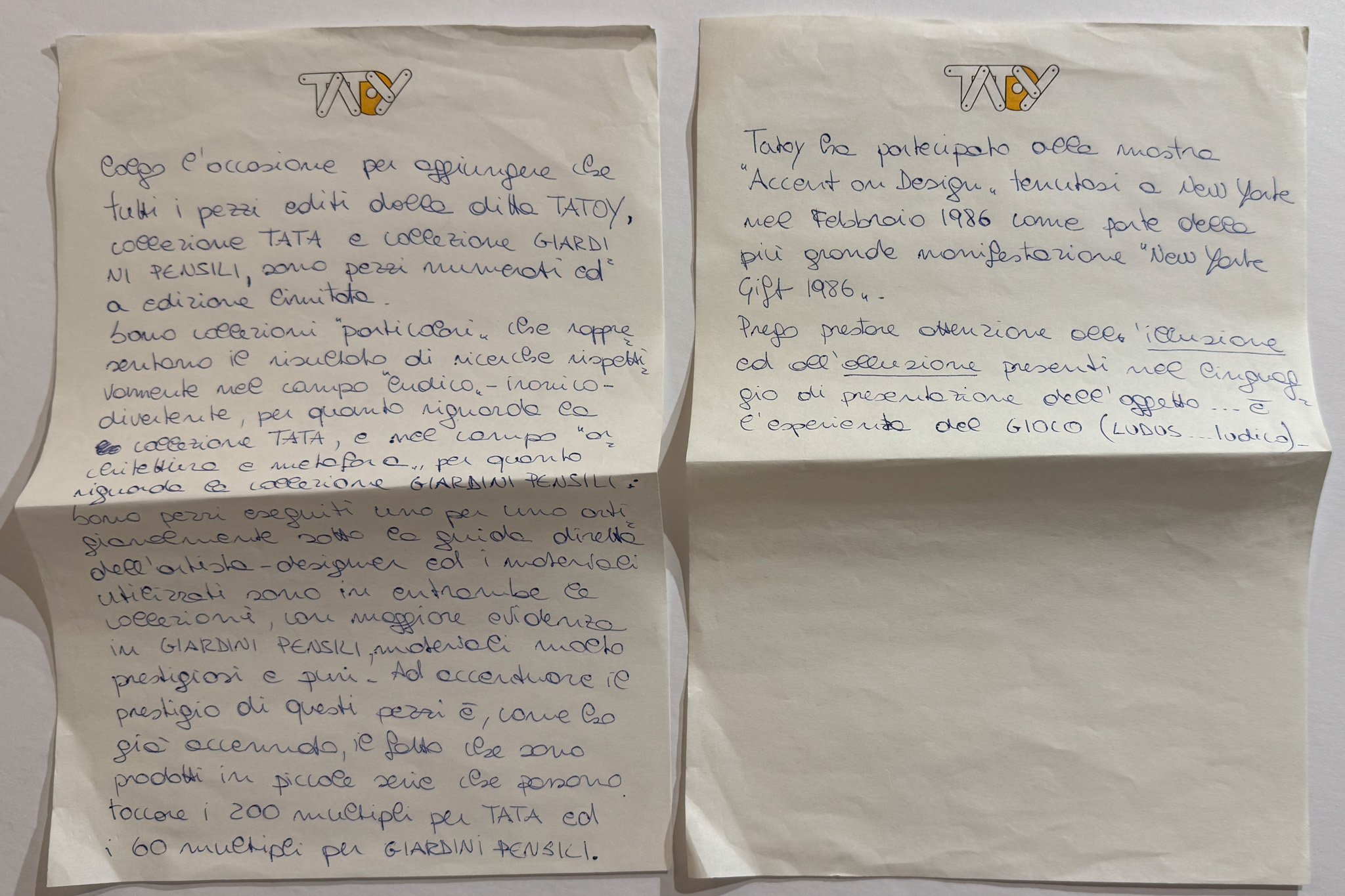 Image 1 of 2
Image 1 of 2

 Image 2 of 2
Image 2 of 2



Nancy Spero: The First Language
Invitation card to the inaugural exhibition of Nancy Spero's 190-foot long scroll painting "The First Language" held at New York City's A.I.R. Gallery in 1981. Spero (1926-2009) was a Figurative artist, activist, and feminist who in 1972 was a founding member of Artists in Residence (A.I.R) Gallery, the first all-female co-operative art gallery in the U.S. Spero scholar Christopher Lynn regards "The First Language" as Spero's most cinematic work, marking a shift in her approach from an intensive engagement with found texts to a focus on the figure-as-hieroglyph. In a review for the Village Voice Peter Schjedahl responded to the musical quality of the work: Like notes on a staff, female figures of many sizes and shapes primitive and hieroglyphic and medieval and modern (roller skates!), suffering and raging and ecstatic surge around the walls. Cadenza-like congestions of images alternate with blank sheets like passages of silence. Indeed, after a while I seemed less to see the work than to hear it an insouciant and savage music, pipes and drums. . . . Spero s quality has to do with that mysterious ability basic to expressionistic eloquence in art since Blake, Fuseli, and Goya to invest complex emotional states in figurative images, ventriloquizing through the tilt of a head or the turn of an ankle. Only an extraordinarily direct and uncensored imagination can produce art like Spero s. With a mailing label to Pepe Karmel, associate Professor in the Department of Art History at N.Y.U., renowned Picasso and Pollock scholar, and author of the book "Picasso and the Invention of Cubism." Light rubbing to extremities.
Invitation card to the inaugural exhibition of Nancy Spero's 190-foot long scroll painting "The First Language" held at New York City's A.I.R. Gallery in 1981. Spero (1926-2009) was a Figurative artist, activist, and feminist who in 1972 was a founding member of Artists in Residence (A.I.R) Gallery, the first all-female co-operative art gallery in the U.S. Spero scholar Christopher Lynn regards "The First Language" as Spero's most cinematic work, marking a shift in her approach from an intensive engagement with found texts to a focus on the figure-as-hieroglyph. In a review for the Village Voice Peter Schjedahl responded to the musical quality of the work: Like notes on a staff, female figures of many sizes and shapes primitive and hieroglyphic and medieval and modern (roller skates!), suffering and raging and ecstatic surge around the walls. Cadenza-like congestions of images alternate with blank sheets like passages of silence. Indeed, after a while I seemed less to see the work than to hear it an insouciant and savage music, pipes and drums. . . . Spero s quality has to do with that mysterious ability basic to expressionistic eloquence in art since Blake, Fuseli, and Goya to invest complex emotional states in figurative images, ventriloquizing through the tilt of a head or the turn of an ankle. Only an extraordinarily direct and uncensored imagination can produce art like Spero s. With a mailing label to Pepe Karmel, associate Professor in the Department of Art History at N.Y.U., renowned Picasso and Pollock scholar, and author of the book "Picasso and the Invention of Cubism." Light rubbing to extremities.

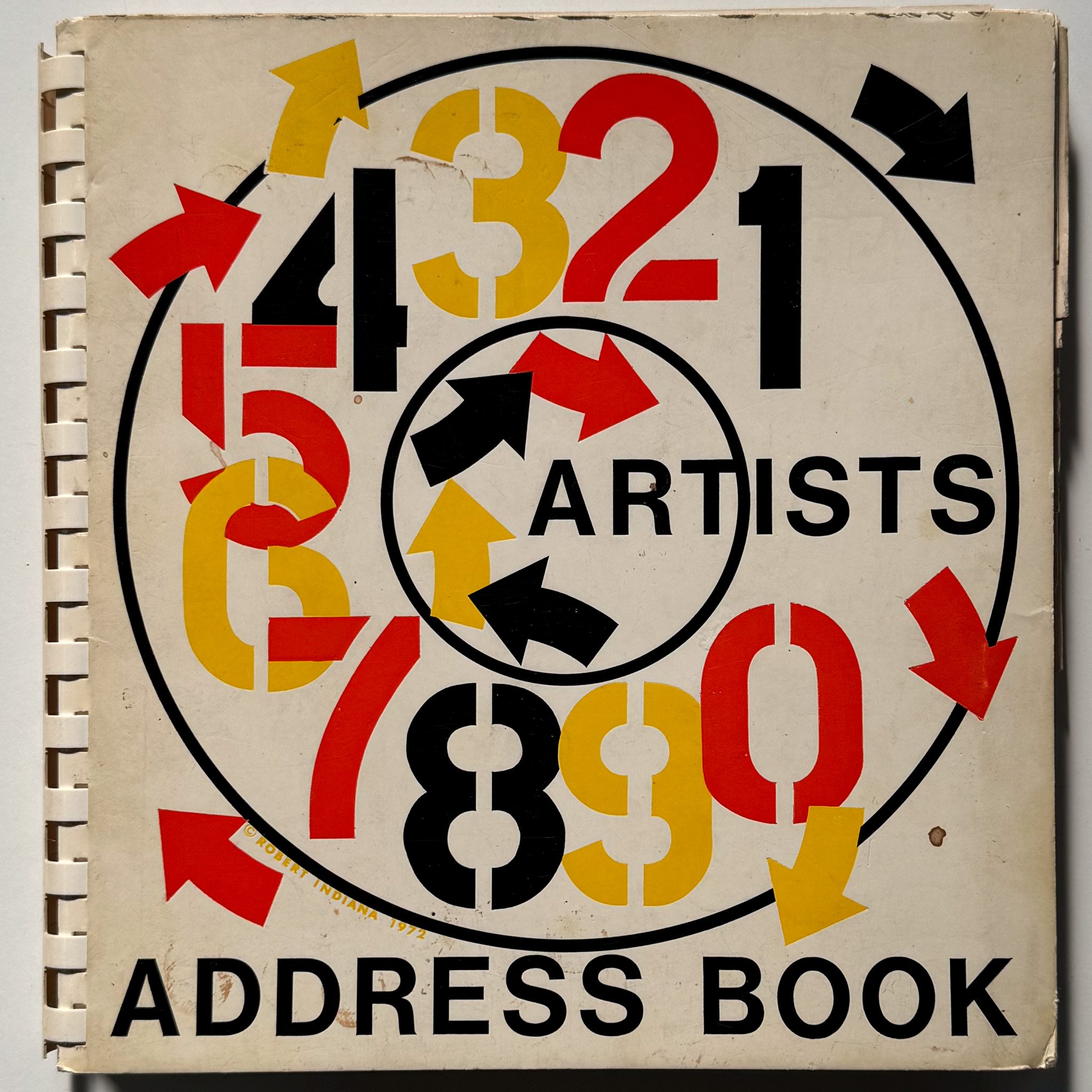
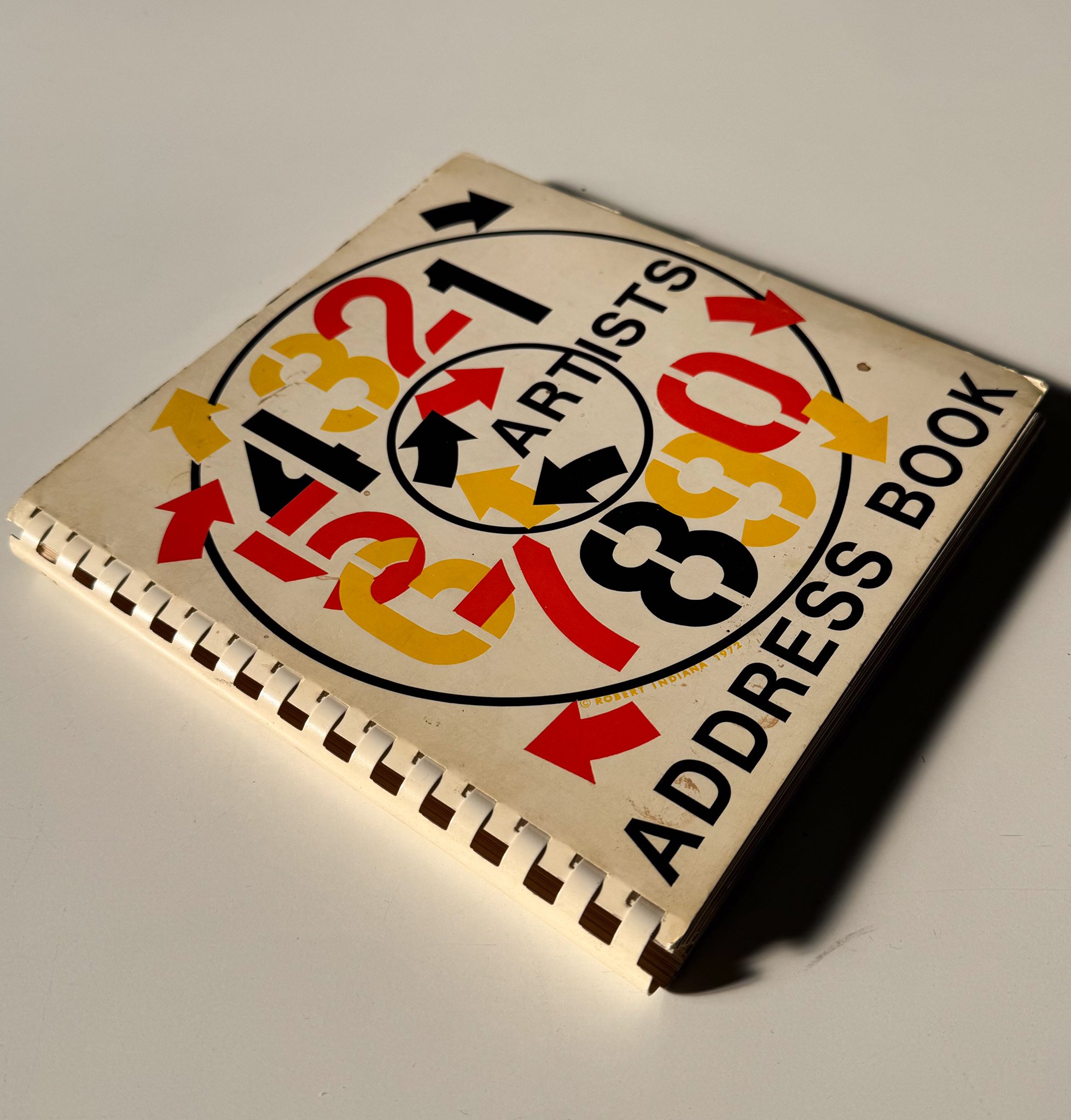
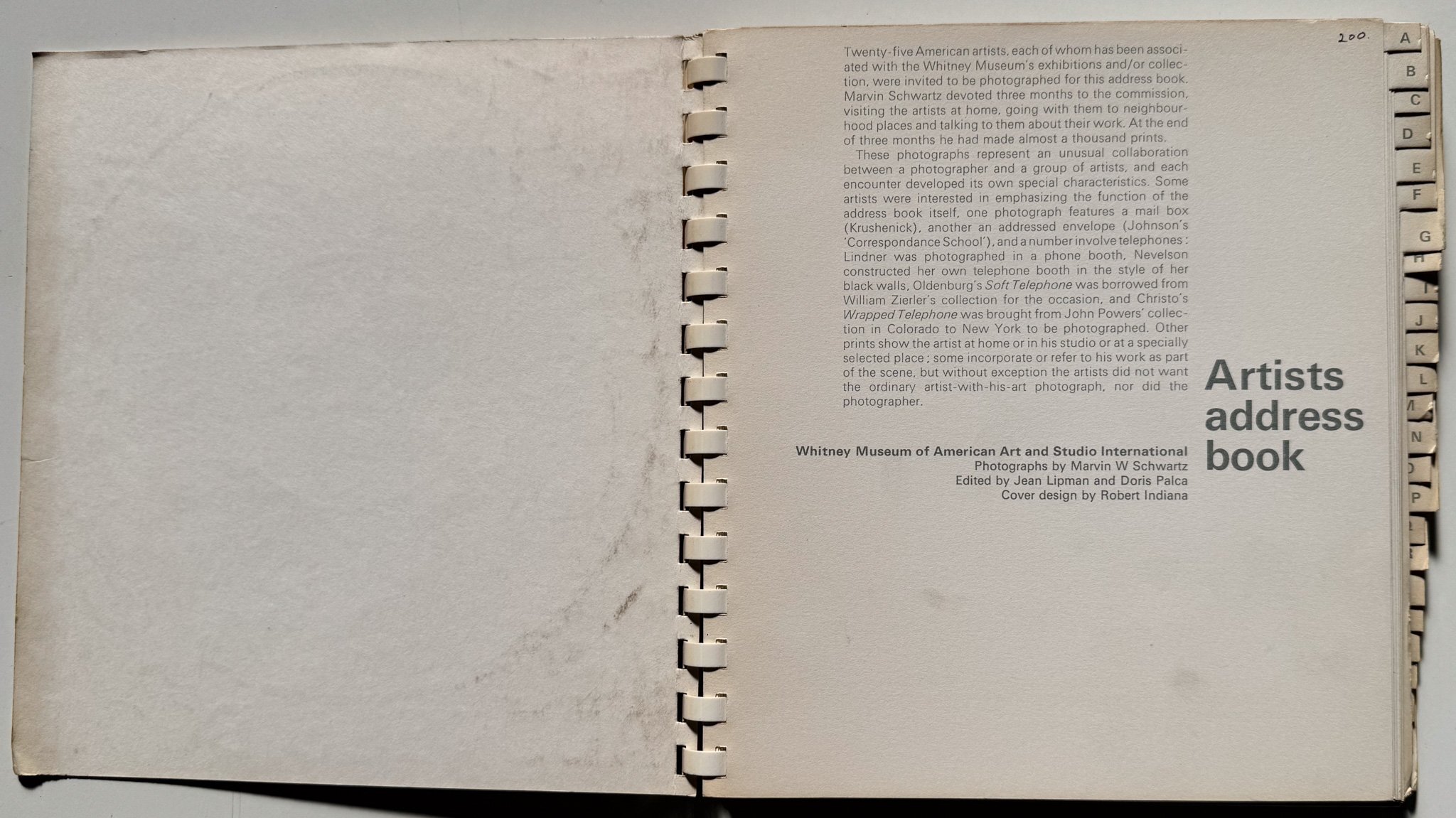
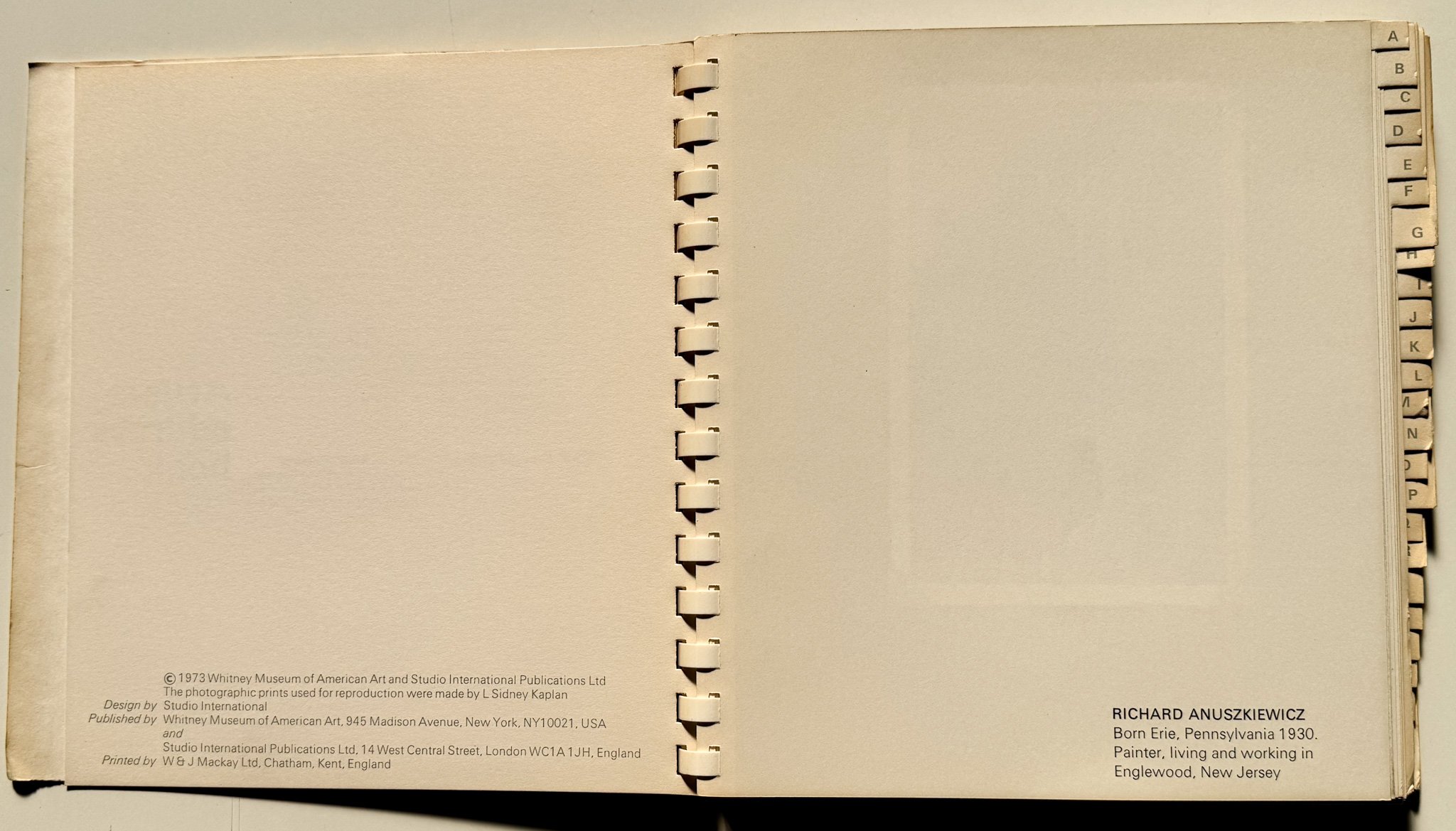
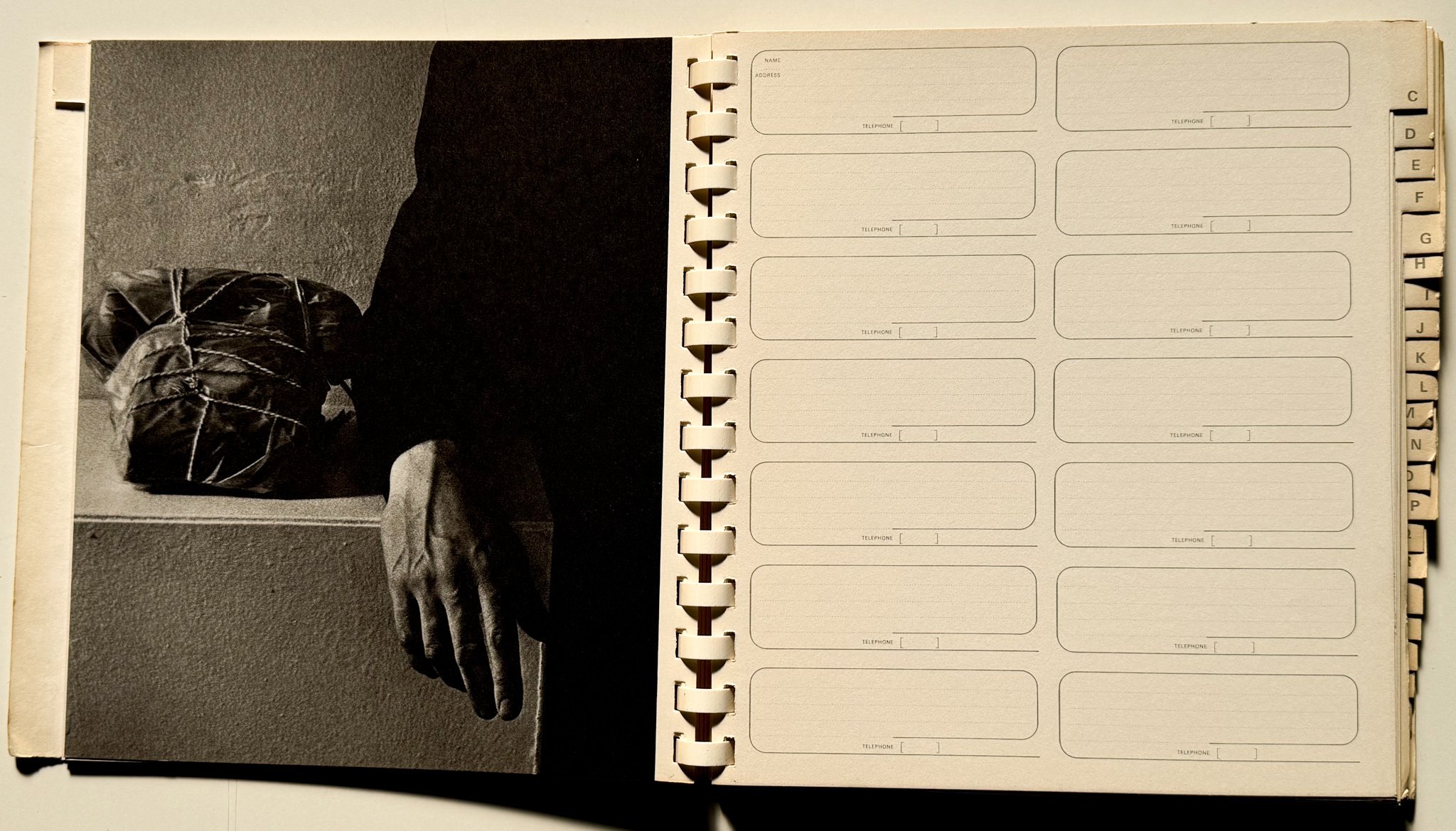
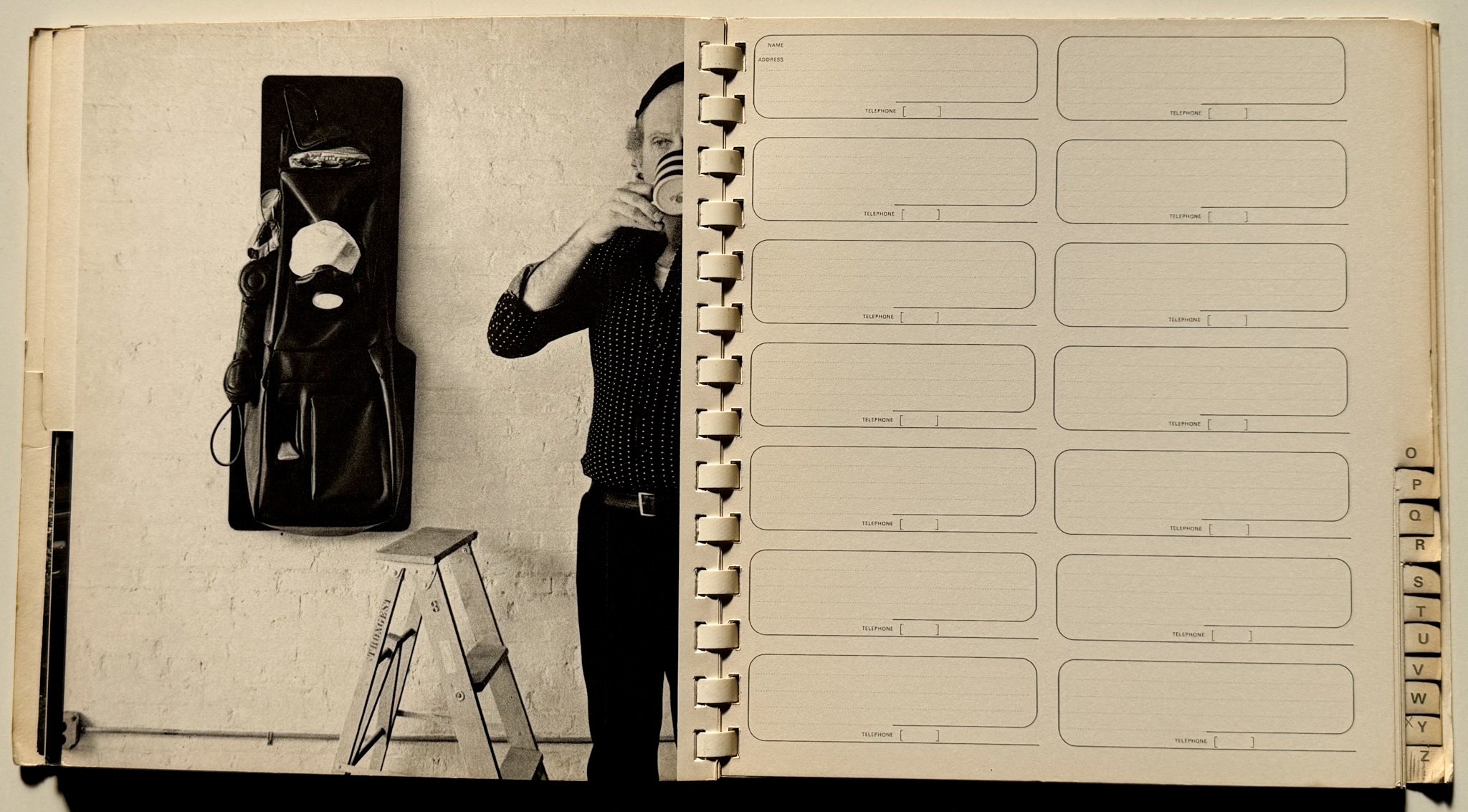
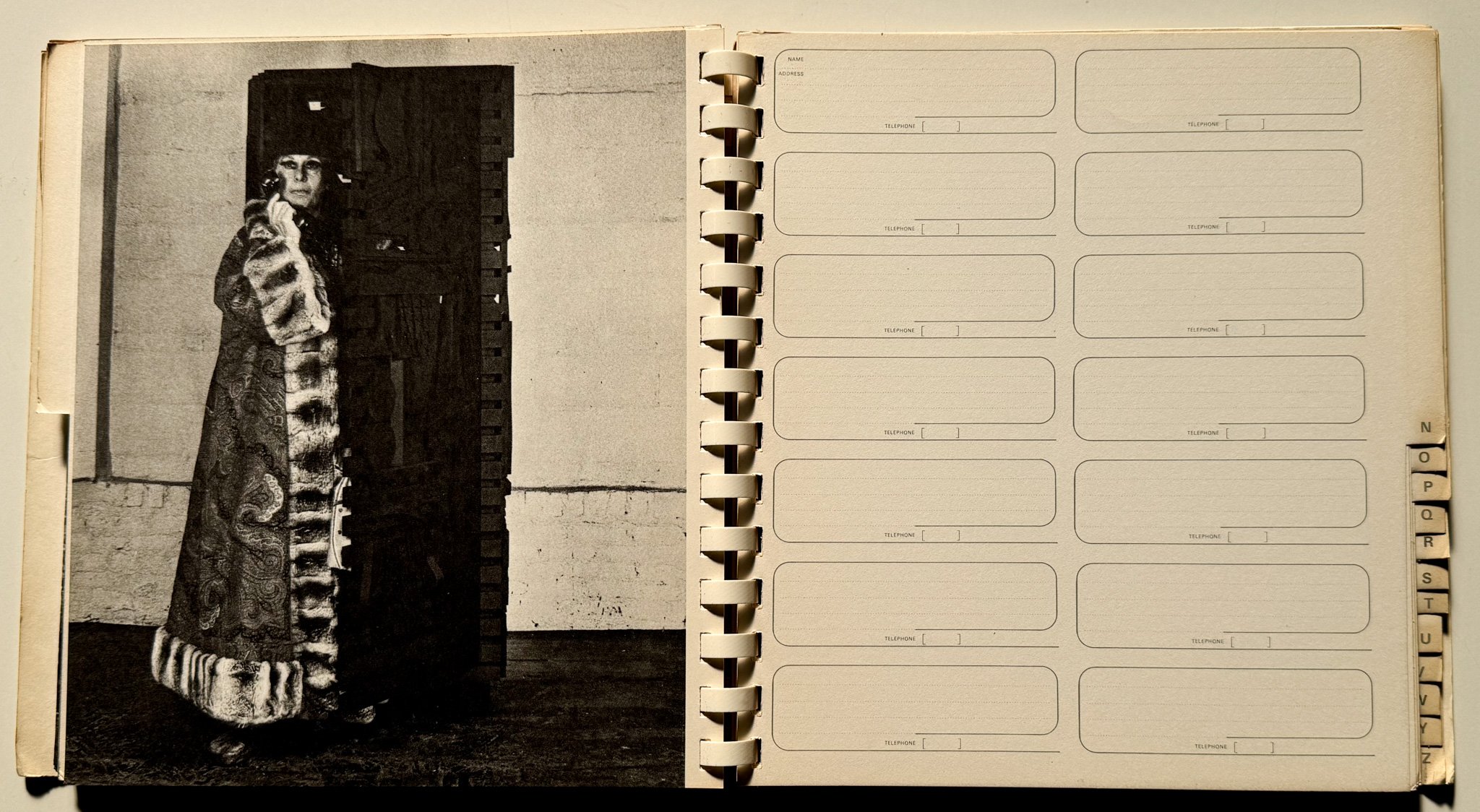
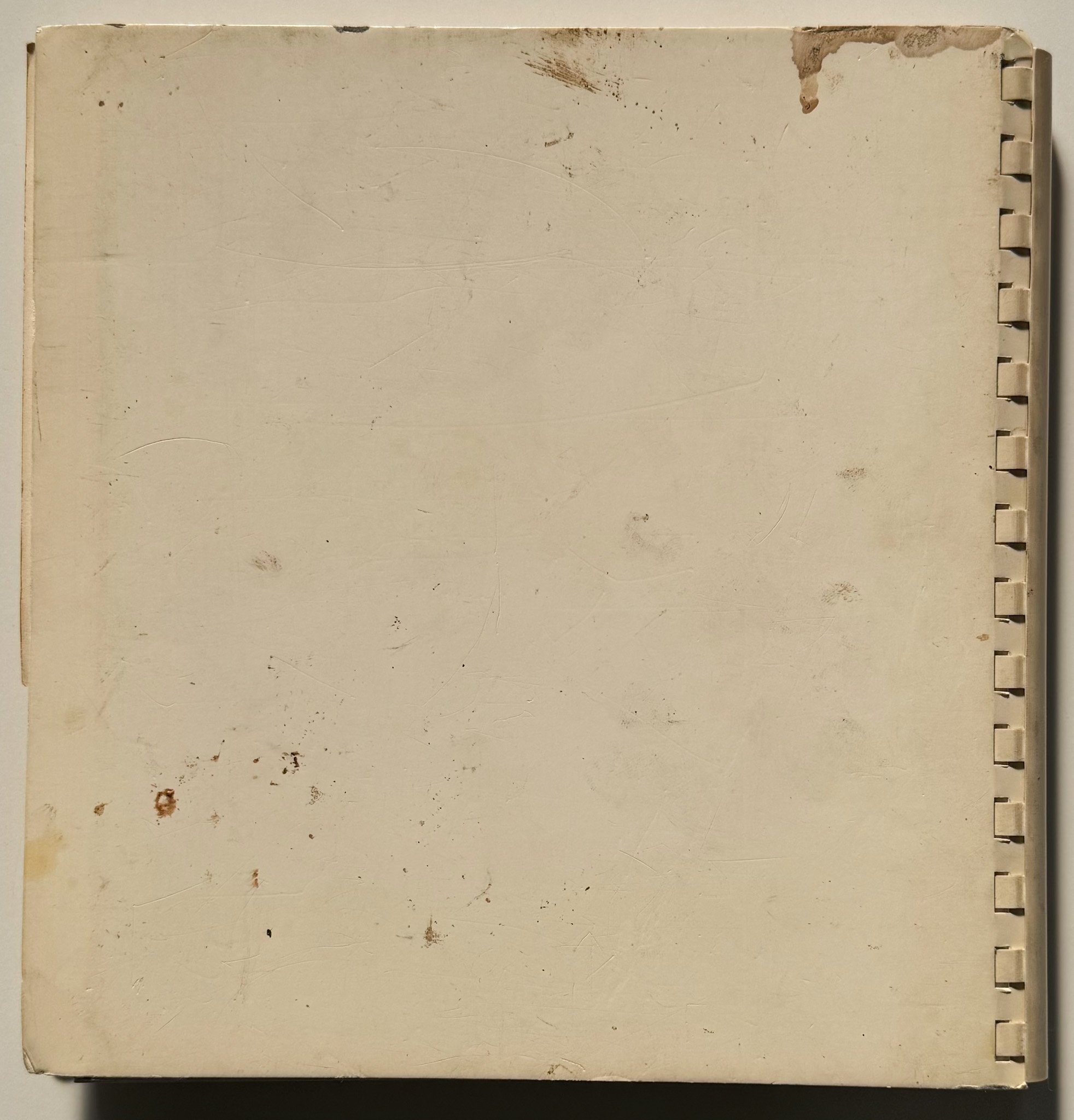
![[SIGNED] Hannah Wilke: A Retrospective (With Iconic Drawing)](https://images.squarespace-cdn.com/content/v1/61dc97a529892d0e352a9423/1661567593914-1HTA4EN60E9FZVUZMLZN/30827303120.jpg)
